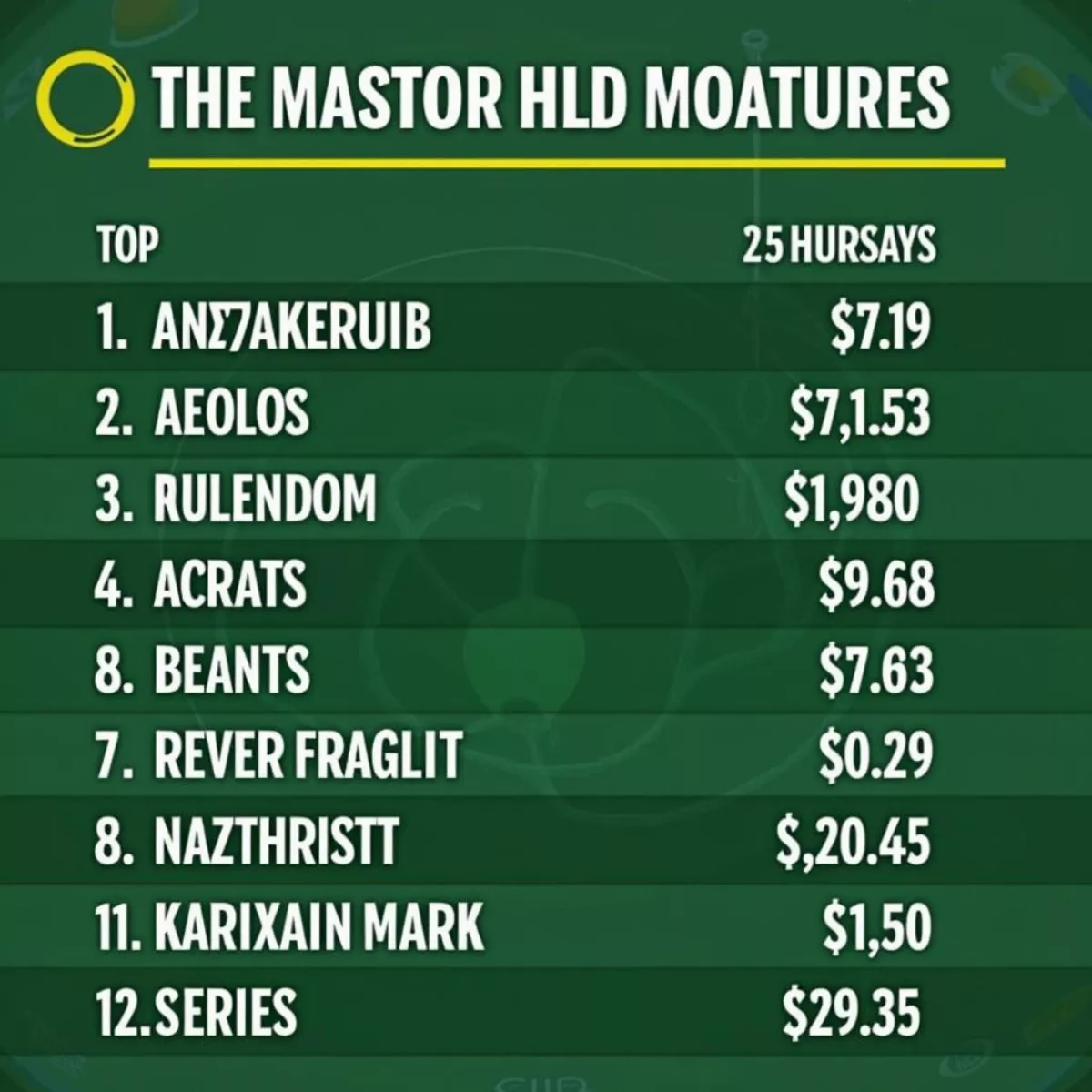When it comes to enjoying a sunny day on the golf course, men’s golf shorts play a crucial role in keeping you comfortable and stylish. Among the various options available, shorts with a 6-inch inseam have become increasingly popular. In this guide, we will explore the benefits, styles, and tips for selecting the perfect pair of golf shorts to elevate your game. Whether you’re a seasoned golfer or a beginner, understanding how to choose the right shorts can significantly enhance your golfing experience!
Why Choose Golf Shorts with a 6-Inch Inseam?
Versatile Length
A 6-inch inseam hits just above the knee for most men, offering a sweet spot between too short and too long. This length allows for a range of movement, essential for executing that perfect swing. Plus, you won’t have to worry about your shorts riding up as you bend and twist.
Stylish and Functional
The trend of shorter shorts has returned to the golf course, and the 6-inch inseam is the perfect embodiment of this fashion revival. Here are some reasons why they’re practical and stylish:
- Breathability: Shorter shorts allow for better airflow, helping you stay cool in warm weather.
- Fashionable Fits: This length often pairs well with a variety of golf polo shirts and other golf attire.
- Range of Motion: With increased flexibility, you can execute your swings more freely without any restriction.
Key Features to Look For
When choosing the right pair of golf shorts, here are some essential features to consider:
- Material: Opt for moisture-wicking fabrics that provide UV protection. Look for materials like polyester blends or performance fabrics.
- Pockets: Ensure that the shorts have deep pockets for holding tees, balls, and other small accessories.
- Waistband: A good elastic waistband will provide comfort without compromising style.
- Fit: Select a tailored fit that is neither too tight nor too loose. This will enhance your look and functionality.
Styles of Men’s Golf Shorts with a 6-Inch Inseam
Here are some popular styles to consider when shopping for golf shorts:
Classic Solid Colors
- Neutral Tones: Colors like navy, black, and khaki are versatile and suitable for almost any golf outing.
- Bright Hues: For a more eye-catching look, opt for colors like teal, red, or lime green.
Patterns
- Plaids and Stripes: These add a fun twist to your golf outfit while still looking polished.
- Geometric Designs: Perfect for a modern, sporty vibe.
Performance Shorts
- Stretch Fabrics: Look for shorts that have spandex or elastane blended into the fabric for extra stretch.
- Quick-Dry Features: Great for those who may play early in the morning when dew is still on the grass.
Best Brands for Men’s 6-Inch Golf Shorts
When choosing your next pair of golf shorts, consider these well-known brands known for their quality and style:
| Brand | Notable Features | Price Range |
|---|---|---|
| Nike | Breathable, moisture-wicking fabric | $50 – $80 |
| Under Armour | Performance fit with stretch | $45 – $75 |
| Callaway | Golf-specific designs with pockets | $35 – $70 |
| Adidas | Sleek style with technology | $40 – $90 |
| PGA Tour | Affordable and stylish options | $30 – $60 |
How to Style Your Shorts for the Golf Course
Pairing your 6-inch golf shorts with the right attire will not only enhance your look but also boost your confidence on the course. Here are some styling tips:
- Polo Shirt: A classic golf shirt is a no-brainer. Whether solid or patterned, make sure it complements your shorts.
- Footwear: Choose comfortable golf shoes or sneakers that go well with your outfit. Avoid sandals to maintain a polished look.
- Golf Accessories: Don’t forget essentials like a cap, sunglasses, and a belt. These add functionality and style.
Maintenance Tips for Men’s Golf Shorts
To keep your golf shorts looking fresh and new:
- Wash with Care: Always follow the manufacturer’s washing instructions. Use cold water and avoid fabric softeners.
- Air Dry: Keep your shorts in great shape by air drying them instead of using a dryer.
- Storage: Fold them neatly and store them in a cool, dry place away from direct sunlight.
Key Takeaways
- 6-inch inseam is versatile, stylish, and functional.
- Look for features like moisture-wicking fabric, deep pockets, and a good waistband.
- Consider various styles, including solid colors, patterns, and performance shorts.
- Pair your shorts with a classic polo for a complete golf look.
- Proper care will extend the life of your golf attire.
Frequently Asked Questions (FAQ)
1. Are 6-inch inseam shorts appropriate for all golf courses?
Yes, most golf courses accept shorts with a 6-inch inseam, but it’s always a good idea to check the specific dress code of the course.
2. Can I wear athletic shorts instead of golf shorts?
While athletic shorts can be comfortable, they may not meet golf course dress codes. Opt for golf-specific shorts for a polished look.
3. How do I know what size golf shorts to buy?
It’s best to consult the brand’s sizing chart. Measurements and styles can vary from brand to brand.
4. Do golf shorts have built-in features like pockets?
Most golf shorts come with pockets designed to store golf tees, balls, and scorecards. Look for deep pockets for added convenience.
5. How should I wash my golf shorts?
Most golf shorts should be washed in cold water and air-dried. Avoid using fabric softeners to maintain their performance features.
6. Can I wear golf shorts for activities other than golf?
Absolutely! With their comfort and style, golf shorts are great for casual outings or outdoor activities.
7. Are there golf shorts specifically designed for hot weather?
Yes, many brands create shorts with cooled fabrics and moisture-wicking properties specifically for hotter conditions.
8. What type of fabric is ideal for golf shorts?
Performance fabrics that offer breathability, moisture-wicking properties, and UV protection are ideal for golf shorts.
9. Do golf shorts come in different fits?
Yes, you can usually find golf shorts in regular, slim, and relaxed fits. Choose one that complements your body type and personal style.
10. Can I find affordable options for 6-inch golf shorts?
Yes, many brands offer stylish and functional golf shorts at a budget-friendly price. Check out sales and promotions for great deals!
By considering the tips and information outlined in this guide, you’re well on your way to selecting the perfect pair of men’s golf shorts with a 6-inch inseam. From understanding the right fit to knowing which styles and brands to consider, you’ll not only play comfortably but look great doing it. Ready to hit the course? Happy golfing!

 Professional Golf Tournament Leaderboard
Professional Golf Tournament Leaderboard Professional Caddy and Golfer Celebrating
Professional Caddy and Golfer Celebrating
 Modern Rental Kitchen in Augusta
Modern Rental Kitchen in Augusta Riverwalk Augusta Savannah River
Riverwalk Augusta Savannah River
 Golf Instructor Providing Personalized Feedback
Golf Instructor Providing Personalized Feedback Essential Golf Equipment for Beginners
Essential Golf Equipment for Beginners
 Group Golf Lesson at Driving Range
Group Golf Lesson at Driving Range Golf Instructor Analyzing Student's Swing
Golf Instructor Analyzing Student's Swing
 Toka Sticks Golf Course clubhouse
Toka Sticks Golf Course clubhouse Toka Sticks Golf Course signature hole
Toka Sticks Golf Course signature hole
 Family Fun at Topgolf
Family Fun at Topgolf Topgolf Venue Atmosphere
Topgolf Venue Atmosphere
 Golf caddy and player discussing strategy
Golf caddy and player discussing strategy Golf caddy reading the green
Golf caddy reading the green
 The Masters Leaderboard
The Masters Leaderboard  Neal Shipley Playing Golf
Neal Shipley Playing Golf